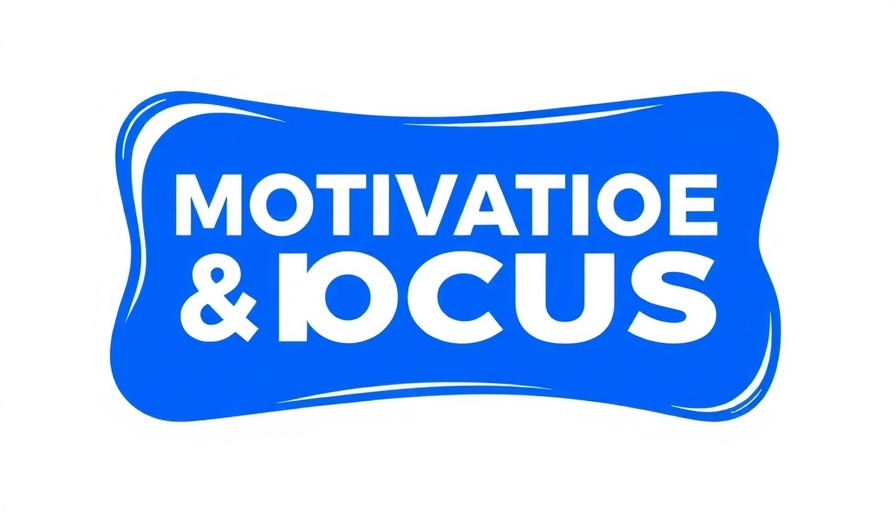
Defining Team Identity: The Key to Success
In the world of sports, a strong team identity serves as a protective barrier against adversity. When athletes share a core value system resonating with their collective purpose, they can better withstand challenges. This unity boosts morale and cultivates resilience amidst the pressures of competition and beyond, leading to increased performance and emotional well-being.
Understanding the significance of having a cohesive identity can aid players during tough times, such as injuries, significant losses, or performance slumps. The case of the Indiana Fever, a WNBA team that triumphed against all odds, highlights the importance of nurturing a solid team culture. Their mantra, “We Over Me,” exemplified how shared values can forge strong connections within the team.
Strategies for Building a Positive Team Identity
To successfully embody a positive team identity, teams can implement three main strategies: defining, living, and reinforcing their identity. A valuable lesson from the Fever shows that fostering an environment where every team member feels included and vital to the collective success is paramount.
1. Define It: Identify Core Values
The first step in creating a powerful identity is to clarify and communicate team values. Engage in open discussions where players can express who they aspire to be as a team. For instance, ask: what values define us? Possible answers might include “community before self” or “effort over excuses.” Once you have identified 3-4 core values, display them prominently to serve as a consistent reference point. This step creates a foundation for motivation, guiding decisions and actions.
2. Live It: Embody Team Values Daily
A positive team identity must be embodied in daily actions and decisions. Coaches and leaders must model behaviors that reflect the team's values, regardless of circumstances. Holding each other accountable when deviations occur creates a united front. Visibility of values in practice and competition cultivates a cohesive unit—showing determination even when the going gets tough strengthens the team culture greatly.
3. Reinforce It: Keep the Identity Alive
Regularly reinforcing the team identity is critical to ensure it remains relevant. Engage in team rituals or practices that highlight the key values. Share experiences that connect victories and defeats back to your core beliefs. The more frequently the culture is recognized and celebrated, the more cohesive the team becomes.
Overcoming Challenges: The Role of Collective Identity
A unified team identity serves as a vital tool for navigating challenges that threaten morale and individual performance. In competitive environments, anxiety disorders, performance anxiety, and general stress can significantly impact players. Building a robust team culture acts as a support system where athletes know they are not alone in facing these hurdles. Regular check-ins or support groups within the team can help address mental health concerns and cultivate resilience through shared experiences.
The Long-Term Benefits of a Strong Team Identity
Establishing a positive team identity isn’t just about immediate wins; it lays the groundwork for sustained success across seasons. By creating an environment of mutual trust, respect, and shared objectives, teams are more likely to remain together, overcome internal and external hurdles, and emerge stronger after setbacks. Additionally, the impact of a strong team identity extends beyond the sport itself, nurturing personal growth and social development skills that enrich lives off the field.
Call to Action: Strengthen Your Team Today
Create a roadmap for your team’s identity by initiating conversations about core values and how they can shape your collective future. Enlist everyone’s input, and develop strategies to live and reinforce these values. Emphasizing the importance of mental health within the team can also individuals better cope with anxiety, stress, and other challenges faced beyond the playing field.
For practical guidance on mental health strategies that can accompany your journey in building team resilience, consider exploring community outreach programs or licensed mental health resources designed explicitly for athletes.
 Add Row
Add Row  Add
Add 




Write A Comment